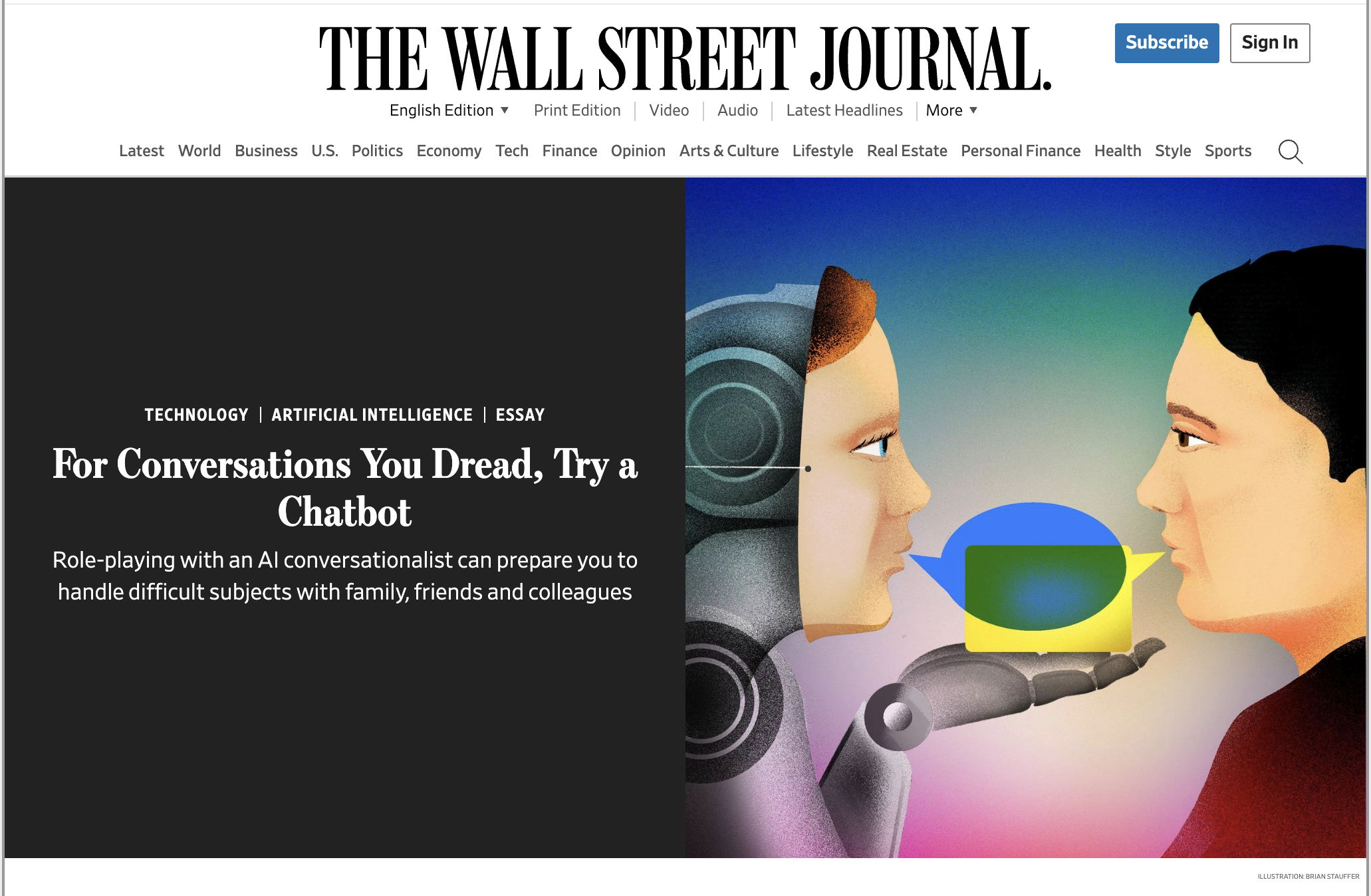Focus On One Killer Feature
For the last dozen years, as a privileged member of the world-class team of practitioner-instructors assembled at the Stanford d.school, I’ve been helping innovators-in-training come up with new ideas and quickly assess if any are worth pursuing. Between executive education programs, grad courses, and online courses, that probably amounts to helping some 10,000 new designers.
What folks may find hard to believe is that, in all these years, and across all of those interactions, I have never seen an innovator conceive of a new product with too few features.
Ever.
But I routinely see the opposite. Many, many would-be innovators build products with far too many features. The logic goes something like this: “If one feature is good, then 2 features must be better, right? And ten must be best, right?”
The problem is, in the early stages, it’s the speed of learning that matters most. Design thinkers craft scrappy, rapid experiments that deliver high-quality information about which direction to pursue.
An essential requirement for high-speed, high-quality data creation is designers focus their efforts on solving painful problems. The truth is, folks often forget to take vitamins (ie something which they “ought to” take, which is “good” for them), but they never forget to take painkillers. With pain, feedback loops are much faster. Signals from the market are almost instantaneous.
If your goal as a designer is to reduce human pain — if you can conceive of your new idea as a “pain killer” — then it stands to reason that you should have a sense for what your “killer feature” (ie what specifically about your idea kills the human’s pain) is. Or if you don’t have a sense for that, at least some hypotheses about which feature might address the pain you’ve identified, and a systematic approach to testing those hypotheses against one another (a post for another time, perhaps).
You may focus on the wrong feature, at first, and that’s ok. Focusing is right (as a method), even if your particular point of focus (the particular feature in focus) is wrong. Paradoxically, by being unfocused in the approach to solving human pain — by baking in a bunch of features that might kill the pain — would-be-innovators keep themselves from learning fast enough to win.
Often, when early tests don’t go well, the problem is not with the idea, but with the experiment. By doing a quick feature audit — anything more than 1 feature is too many in the early stages — innovators can accelerate their validation of ideas.
Related: Get Scientific
Related: Judge Experiments Before Ideas
Join over 7,847 creators & leaders who read Paint & Pipette each week










You know that moment when someone tells a story so perfectly out-of-step with the times that you laugh—then realize you're guilty of your own version? That's exactly what happened when Brice Challamel, Head of AI at Moderna, shared the origin of their company AI transformation mantra, "Don't be Fred".